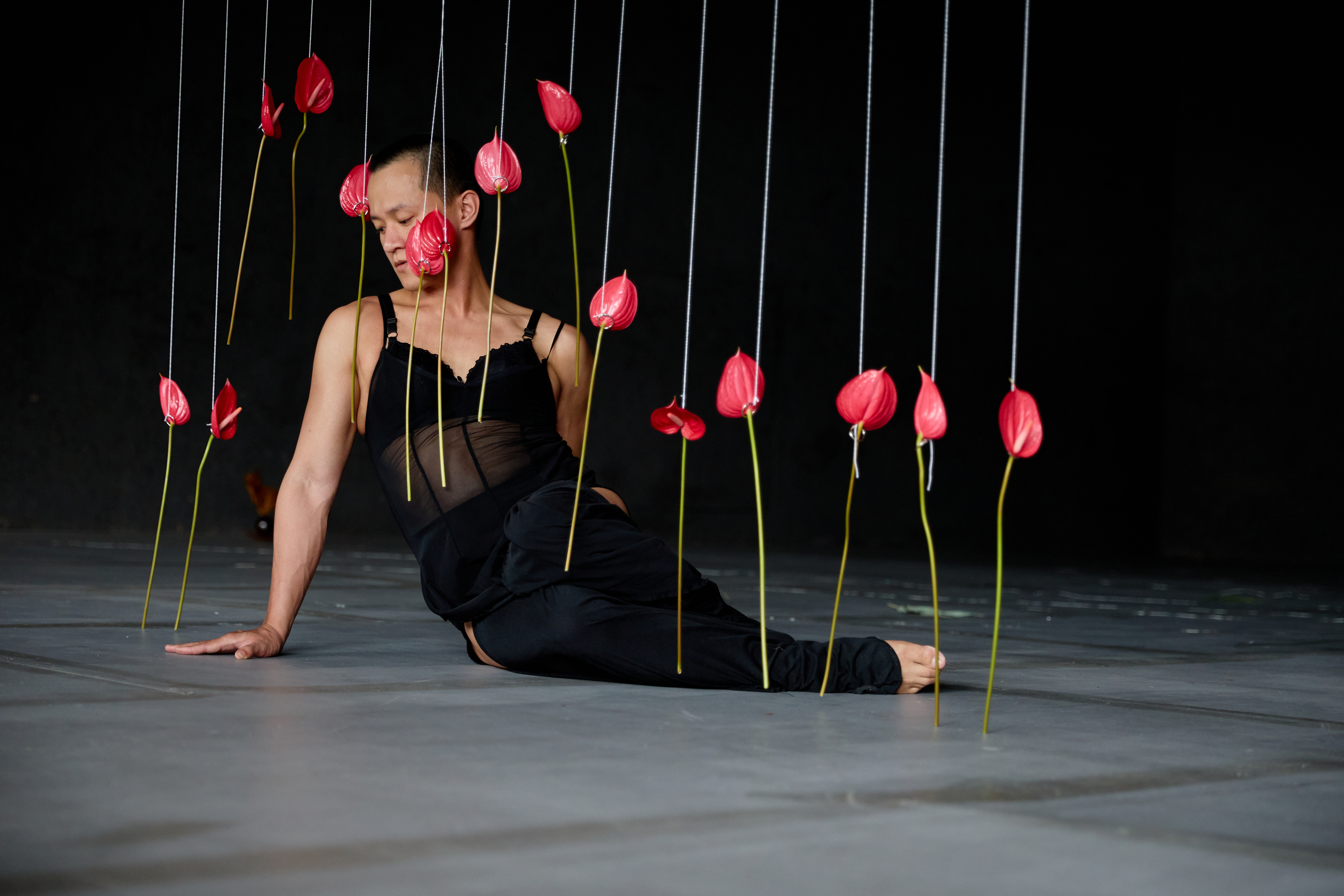Dissection of Ikebana
This project encompasses research, lecture, workshop, and performance. While Ikebana (floral art) may appear beautiful and innocent, it is deeply intertwined with complex histories of war, international politics, and colonialism.
Tracing some examples, Taiwan's earliest recorded floral art communities and culture began with "ikenobo" classes introduced in girls' schools during the Japanese colonial period to bring up submissive women as good wives and nationals. The more liberal and avant-garde "Sogetsu" style, however, was scarcely visible during the colonial era and the martial law period. Meanwhile, Chinese floral art emerged in response to the Chinese Civil War and the cultural revival movement. In the 1980s, European-style floral products surged in popularity alongside Taiwan's economic boom.
Each of the four performers corresponds to a particular school of Ikebana, a representative flower and historical figure of that school. Through sequences of actions, they attempt to construct a non-linear, non-chronological history.
This project aims to unravel the complexities of Ikebana and poses a broader question: if something as seemingly simple as floral art is so intricately connected to our contemporary lives and global politics, what else is not?
